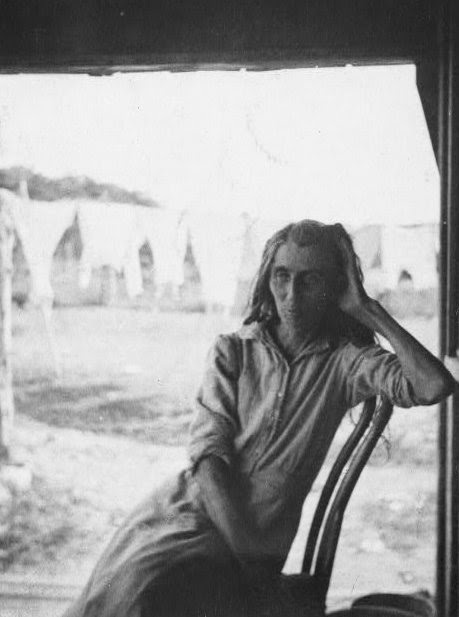The singular figurativism displayed in visionary portraiture by Renan
Rosa creates an infinite possibility. Interpretation of code and re-invention
of fact reaching out silently beyond time and space. A thousand souls of lost
cities revealed in raw and singular form, the exotic and the marginal
representing both classic and contemporary human nature as seen through the
passenger’s eyes, the eyes of the inner self.
The pluralist reality creating contrasts between the classic and the modern, where the cities`s dynamism intersects with the static and pure sense of traditions. The flaneur, that in a visceral way expands his experiences of life as art.
The photograph as a catalyzer of adjustment processes for understanding the collective subconscious, figuring the celebration of life, the contempt or pain, as constant restructuring of existence.
The reinvention of the world, the strength of belief in a printed form.The insolubility of the individual, the terrible harshness of truth, reveals a deep, sensitive and complex portrayal of emotion. Therefore the photographic object may proliferate human sense in a fine balance and magical synthesis venturing beyond the limits of definitive existence.
The photo defined by the absence of limitations between observation and action (where bodies are purified in ways to forever contrast and harmonize with timeless rhythm) hints at an environment that can both oppress or release.
It catches the invisible, traps the moment and in doing so reveals an unconditional and compassionate love for the world seeking only to break the limitation of life and art. (
The pluralist reality creating contrasts between the classic and the modern, where the cities`s dynamism intersects with the static and pure sense of traditions. The flaneur, that in a visceral way expands his experiences of life as art.
The photograph as a catalyzer of adjustment processes for understanding the collective subconscious, figuring the celebration of life, the contempt or pain, as constant restructuring of existence.
The reinvention of the world, the strength of belief in a printed form.The insolubility of the individual, the terrible harshness of truth, reveals a deep, sensitive and complex portrayal of emotion. Therefore the photographic object may proliferate human sense in a fine balance and magical synthesis venturing beyond the limits of definitive existence.
The photo defined by the absence of limitations between observation and action (where bodies are purified in ways to forever contrast and harmonize with timeless rhythm) hints at an environment that can both oppress or release.
It catches the invisible, traps the moment and in doing so reveals an unconditional and compassionate love for the world seeking only to break the limitation of life and art. (
All images ©
Renan Rosa

















.JPG)














































